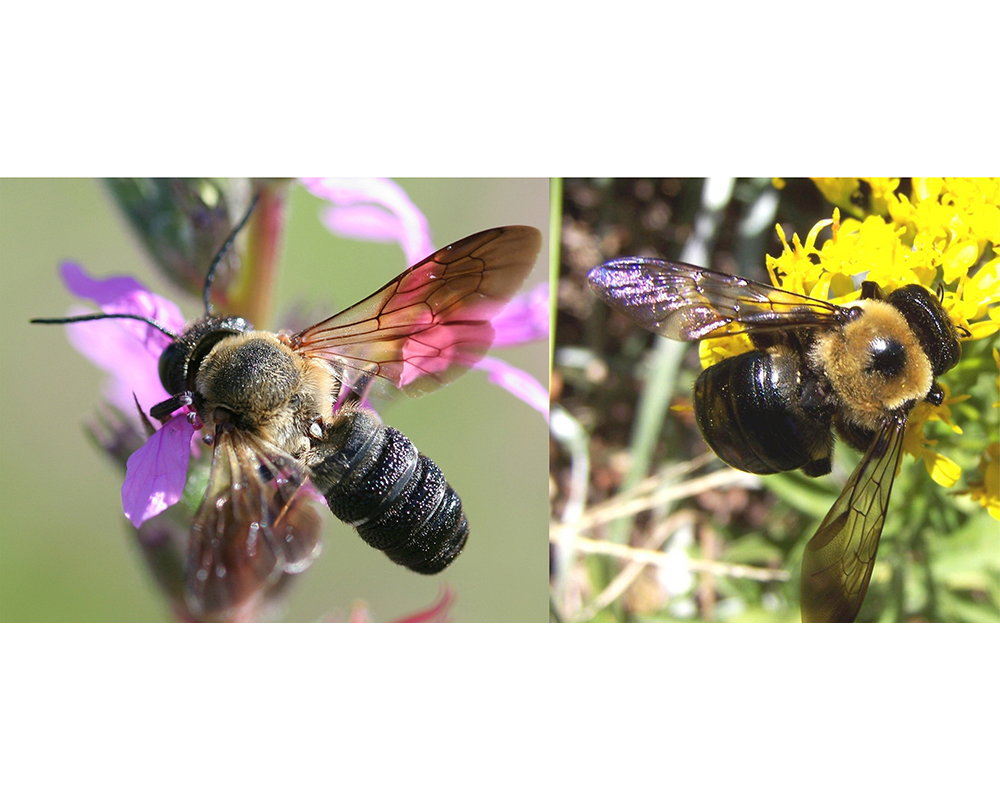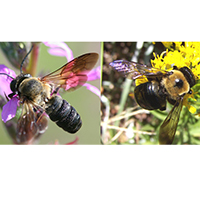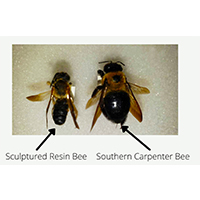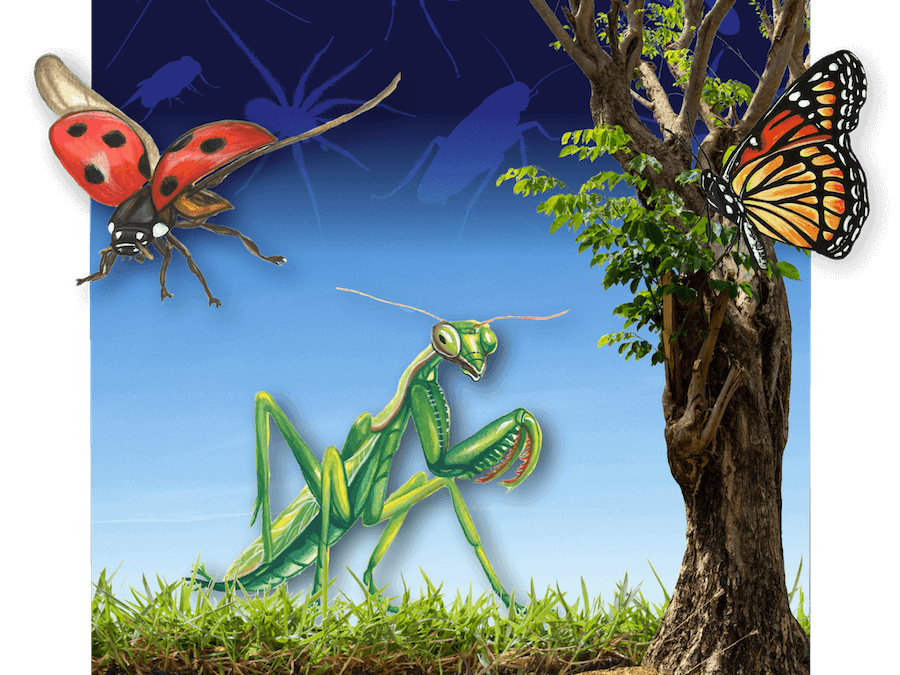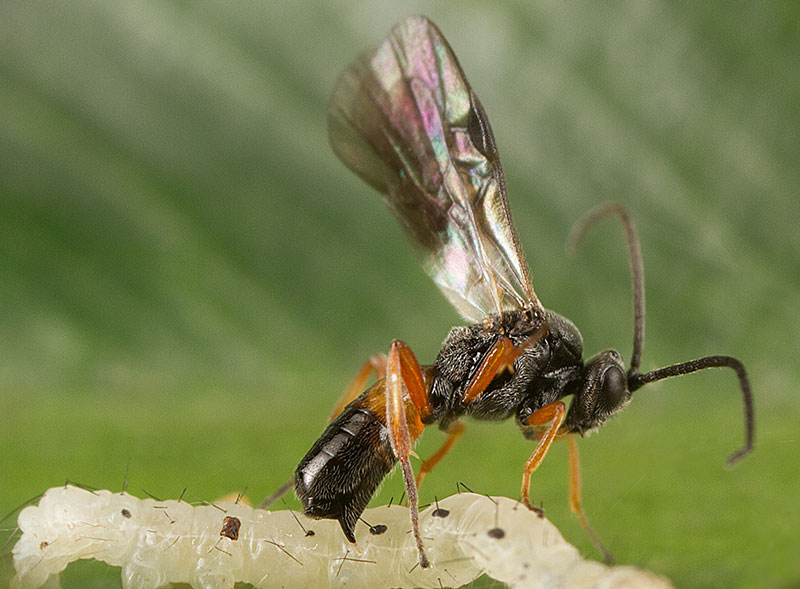University of Georgia entomologists are seeking citizen help to document the presence of the sculptured resin bee — also known as the giant resin bee — an invasive bee that could threaten the native carpenter bee population.
The sculptured resin bee is native to Japan and China and was first found in the U.S. in North Carolina in 1994. While they are not aggressive to people, these bees have the potential to create problems for native carpenter bees by taking over their nests, where they then lay their own eggs. Sculptured resin bees take advantage of the cavities created in wood by carpenter bees because they do not have the mandible strength to bore into the wood on their own.
Dan Suiter, a professor in the Department of Entomology on the UGA Griffin campus, added that although he doesn't see resin bees frequently, they are known to be a good pollinator of some plant species.
“We don’t see this bee very often,” said Suiter, noting that he is occasionally sent a sample of a resin bee to identify. “But we know that it’s invasive and uses kudzu as a food source.”
Becky Griffin, community and school garden coordinator at UGA’s Georgia Mountain Research and Education Center in Blairsville, is assisting UGA entomology research efforts by recruiting volunteers to determine where sculptured resin bees are showing up throughout the state. Griffin coordinates the Great Georgia Pollinator Census in August each year.
“They asked me to gather the troops of bug watchers to help determine where in Georgia the sculptured resin bee is located,” said Griffin. “We just want to document where they are.”
When identifying the sculptured resin bee, it is important to note that it is of similar size to the carpenter bee, with a few distinct differences. The thorax and abdomen of the carpenter bee are connected, and those parts are bald and smooth — or as Griffin puts it when speaking to school-aged children, “Carpenter bees have a shiny hiney.” In the sculptured resin bee, females have a pointed abdomen, while the males have a blunt edge. Both males and females have a striated abdomen with raised bands.
“If you look for the big bees, take note of the abdomen and thorax and that will give you a good, educated guess,” said Griffin. “We are starting to see small sightings all over the state already, and I think the peak time will be in the next couple of weeks as we see more summer-like temperatures.”
If possible, bee spotters should submit photos of suspected sculptured resin bees, as entomologists can examine the photos to determine exactly what species is shown.
“Right now we are on a fact-finding mission. We are working with local Extension offices as well and will be sending out more information in the next few weeks,” Griffin said.
Anyone observing sculptured resin bees in Georgia is asked to submit their photos through the iNaturalist website under the project Wanted! Sculptured Resin Bees in Georgia. On the project page, observers can view posts from other citizen-scientists and see an interactive map that shows where the bees have already been spotted.
Findings can also be sent directly to Griffin at beckygri@uga.edu. Submitters are asked to include photos as well as the location where the bees were spotted.

